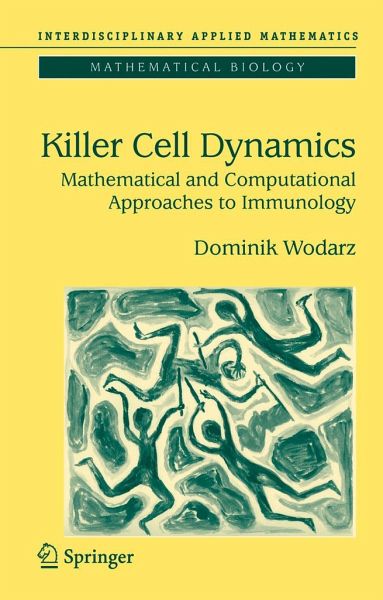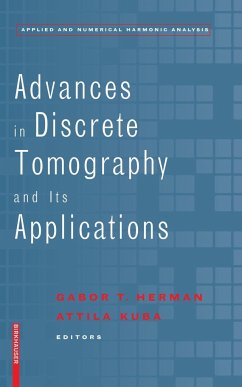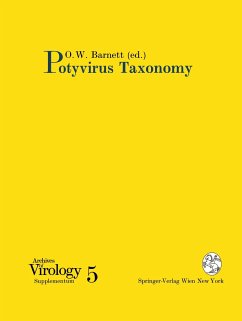
Killer Cell Dynamics
Mathematical and Computational Approaches to Immunology
Versandkostenfrei!
Versandfertig in 6-10 Tagen
98,99 €
inkl. MwSt.
Weitere Ausgaben:

PAYBACK Punkte
49 °P sammeln!
Systems biology and computational biology have recently become prominent areas of research in the biomedical community, especially in the area of cell biology. Given that much information on genes and their protein products has become available, the big question is how the individual components interact and work together, and how this determines the functioning of cells, organs, and organisms. Long before the popularity of systems biology in biomedicine, however, such approaches have been used successfully in a di?erent area of biology: population ecology. Research in the area of population dy...
Systems biology and computational biology have recently become prominent areas of research in the biomedical community, especially in the area of cell biology. Given that much information on genes and their protein products has become available, the big question is how the individual components interact and work together, and how this determines the functioning of cells, organs, and organisms. Long before the popularity of systems biology in biomedicine, however, such approaches have been used successfully in a di?erent area of biology: population ecology. Research in the area of population dynamics - vestigated complex interactions between di?erent populations of organisms, such as the dynamics of competition and predation, food webs, community structure, as well as the epidemiology of infectious diseases. In this ?eld, t- oretical biology and mathematical modeling have become an integral part of research. Mathematical models allowed people to obtain interesting and counter-intuitive insights into how complex interactions among di?erent p- ulations can play out. Such mathematical studies not only gave rise to - teresting theoretical ideas, but also provided the basis for the design of new experimental work and de?ned major questions and directions of research. Around 1990, such population dynamic concepts, and the use of mathema- cal/computational approaches, started to be applied to the in vivo dynamics between viruses and the immune system. These interactions have many s- ilarities to ecological, epidemiological, and evolutionary principles. Consider theepidemiologicalspreadofapathogen(suchasthecommoncold)througha population of hosts.














